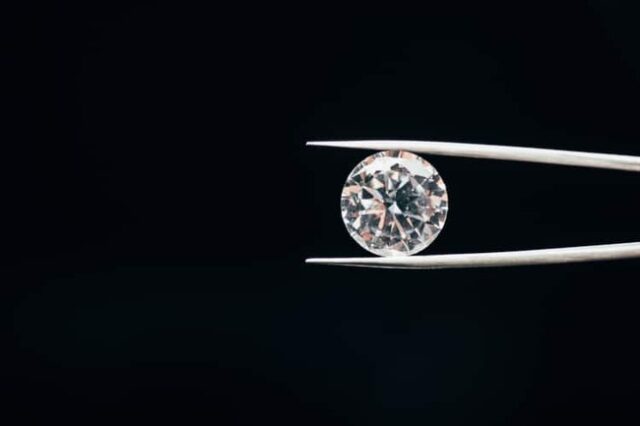
Around the world, diamonds continue to be in demand. After all, they are not only used as jewelry but they also have multiple uses in the automotive, mining, and acoustic equipment industries, among others. As an alternative to natural diamonds—a practice long attached to exploitation—lab-grown diamonds have emerged as an ethical and environmentally friendly option. But still, those processes take a long time and require specific conditions…until now. Scientists have used a new technique to synthesize diamonds at normal atmospheric pressure, which could revolutionize the industry. Naturally, diamonds grow in Earth’s mantle, the molten zone hundreds of miles underneath our planet’s surface. There, where temperatures can reach up to almost 6700°F and the pressure is several thousand times that of our atmosphere, the carbon atoms are squeezed so much that they start touching, a bond that results in diamonds.

In a lab, similar extreme conditions are required to coax carbon dissolved in liquid metals, like iron, to be turned into a diamond around a small “seed”—a metal or gem to prompt the process—or starter diamond. This method, known as high-pressure and high-temperature (HPHT), is the most commonly used for lab-grown diamonds. However, it’s far from ideal, as producing the needed environment is a lot of work and the process can also take a week or two. Plus, the components involved affect the diamonds’ size, with the largest being around a cubic centimeter. But a team led by Rodney Ruoff, a physical chemist at the Institute for Basic Science in South Korea, has come up with a new process, sharing their findings in Nature. Their innovative method allowed them to produce diamonds not only at normal, atmospheric pressure but also cut down the time to 15 minutes. To achieve this, the scientists used a 9-liter chamber. Throughout the experimentation, they found that a gallium-nickel-iron mixture, with a pinch of silicon, was ideal for catalyzing the growth of diamonds. This was due to a previous finding that gallium could catalyze the formation of graphene—which is pure carbon—from methane. Indeed, with this blend, the team obtained diamonds from the base after just 15 minutes. Within two and a half hours, a more complete, largely pure diamond film formed, with only a few silicon atoms.
















